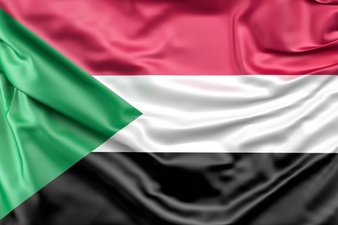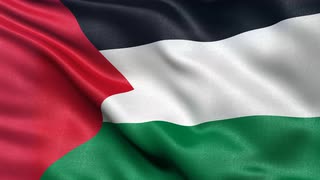The price of olive oil in Swedes ... between consumer complaints and product conditions
2018-11-26
Despite the fact that olive oil is of nutritional value and the necessity of the tables has been obtained by many citizens in the province of Sweida difficult with the price of one plate of it to 35 thousand Syrian pounds.
"The price of olive oil plate is high and equal to the employee's salary for a month and its purchase coincides with other needs during this period and the most important heating gas," says citizen Hamad Saad, who applied for an advance on salary to be able to secure the material to his home, indicating that the family of four people is not enough one plate during the year.
Because of his inability to buy a whole plate of olive oil, young Bashar Saab buys the material in small packages periodically, stressing that "its price is very high and must be reduced."
In light of the reality of the prices of olive oil, the citizen Wissam Abu Yahya to buy the oil plate in installments on the name of one of the employees of the state departments, calling at the same time to activate the role of institutions of positive intervention to secure the material at reduced prices.
In return, some families resort to securing olive oil from the gardens of their home or the small orchards they have, such as the engineer Omar al-Samman, who reap the olives from his father's small orchard to secure his needs.
Many factors, according to the farmers or producers of the material contributed to the high price, including higher production requirements and the cost of cutting, transport and age in addition to the prices of packaging.
The head of the agricultural association in the town of Al-Ma'ala believes that according to the current prices, the price is "high" and the price of one plate should not exceed 28 thousand lira to the maximum extent, despite the farmer's various wages to reach production.
In turn, the director of swaida agriculture engineer Ayham Hamid said that the cost of production of one plate of olive oil, which is a total capacity of 16 liters is 27.964 thousand pounds, according to a study prepared by the Directorate of Agriculture in this regard.
Hamed pointed out that the preliminary estimates of the total olive oil production for the current season in the province of about 1400 tons, which amounts to meet a large part of their needs and close to the average annual production in relation to the weather conditions that prevail in the province permanently and the fact that olive cultivation does not suit the nature of swaida.
As a result of the high price of olive oil, the director of the branch of the Syrian Corporation for Trade in Sweden, Engineer Hiam Al-Qatami, said that the branch presents the material from the production of Lattakia at lower prices of the market and the first two types at the price of 27 thousand lira and the second 30 thousand liras per plate with the installment of the sale to employees in the state for one year.
"To date, there is no approved supply price for the material in the governorate because there are no producers who can provide cost data," explains Fadi Masood, director of internal trade and consumer protection at the Swedish company.
As for the wages of the olive age in contemporary, amounting to 24 pounds per kilo, which farmers see as "high", Massoud shows that this year was maintained last year's price, which is much lower than the study of the costs provided by the owners of contemporary, slightly higher than the rest of the provinces to not The presence of sufficient quantities of olive to run all the working in the province and cover the costs of the addition of the quantities of extracted bale less and there is no coefficient of porin in Sweden.
The total area planted with olive trees in Sweden is 9973 hectares and the total number of trees is 1.572 million trees, of which 1.312 million are fruit.

 Syria
Syria Lebanon
Lebanon Egypt
Egypt Jordan
Jordan Iraq
Iraq Sudan
Sudan Palestine
Palestine